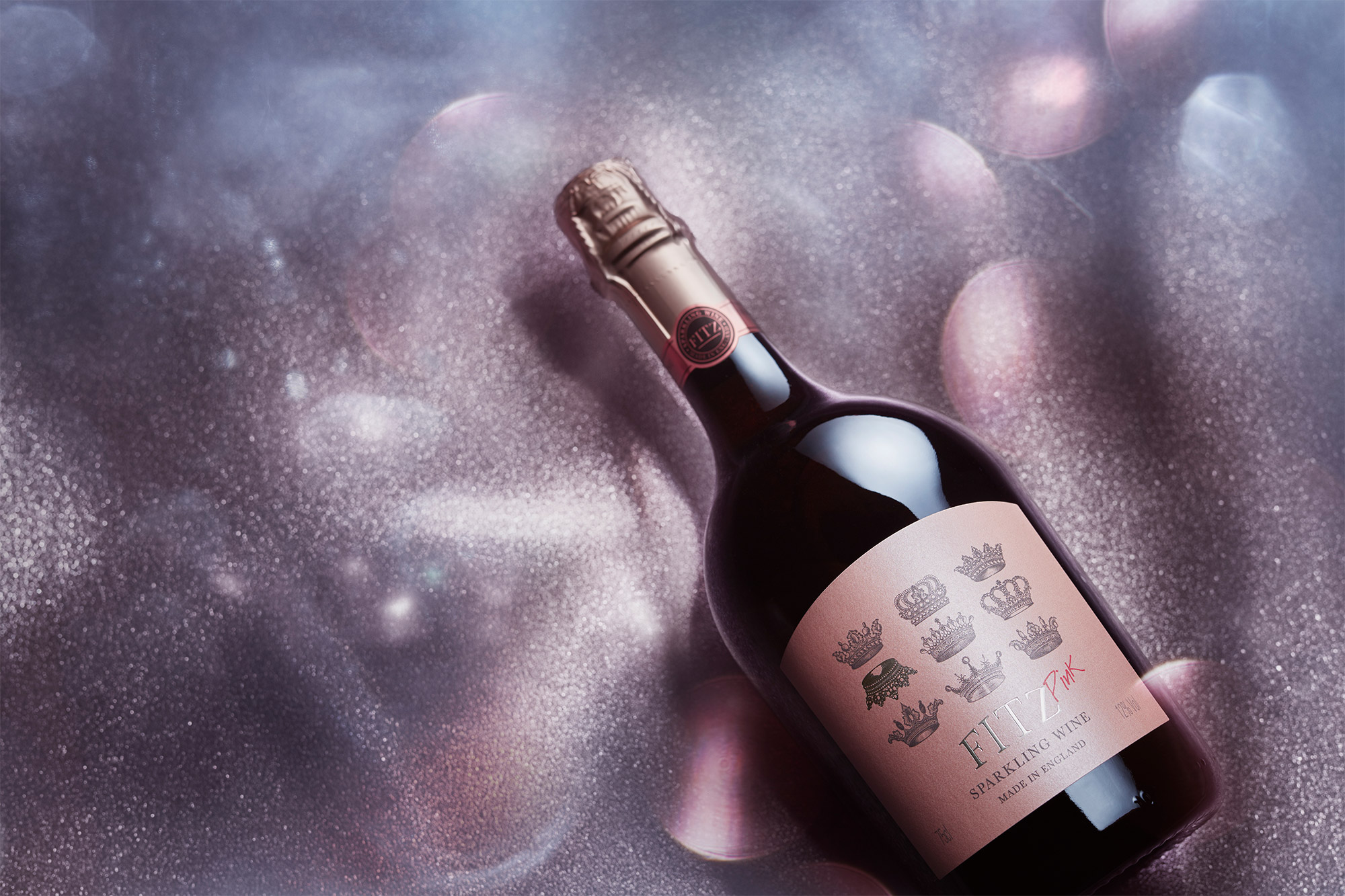
Does anyone remember the days before Prosecco? Around 2010 perhaps? When we only drank sparkling wine on special occasions? For those with little interest in sparkling wine, the only bubbles consumed were invariably the usual big names such as NV Veuve Clicquot or Möet & Chandon, saved for special occasions at five times the average bottle price.
For the supermarket wine shopper, Möet was the cheapest Grande Marque available, so we probably told ourselves it was good, even if we didn’t really like it. But then along came Prosecco, a little sweeter, with fruity aromas, easily quaffable, not to mention budget-friendly. To summarise, a fizz had arrived that was accessible to all and it quickly became mainstream.
My questions simply are: would we have become accustomed to bubbles every weekend if it weren’t for this easier drinking style of fizz? Would this wine have frequented our fridges had it not been at a lower price and still felt a bit special?
Without getting into the nitty-gritty, Charmat Method wines have not been welcome in quality English Sparkling Wine circles. The argument was that it would confuse the less savvy of the wine-buying public, who wouldn’t understand the difference between Charmat and Traditional Method Sparkling Wine, and thus, not understand the difference in price tag.
Adding to possible confusion is the labelling system. Wines made using the Traditional Method may put ‘English Sparkling Wine’ on the label, whilst Charmat cannot, which doesn’t exactly help anyone to understand anything about the winemaking process.
But, dare I say it, there will be some, if not many, who will love the easy-drinking bubbles; as the saying goes, ‘there is a time and place for everything’. So this brings me to Fitz, the West Sussex wine producer, who has done the very thing they were not supposed to do, and made Charmat fizz.
When the founder of Divergent Drinks, Dan Cahill, spotted a gap and positioned his brand, Fitz, for the middle of the market, he believed that having wines at different price brackets would help with the longevity of the industry. Fitz is angled as a fun wine to be enjoyed at a bar or party. Unfortunately, despite all of this, the new business venture was met with hostility from those who think that Charmat wines could ruin it for the premium end of the spectrum.
However, this turned out to be a blessing in disguise. With the help of their branding agency, they turned lemons into lemonade and based their whole branding on being the illegitimate child of the oh-so-noble king, Traditional Method Wine. Their wines use the upside-down crown to represent the fallen bastard child of the industry. Their bottles are Champagne-shaped adding a glamorous edge and the wine is of good quality; I noticed aromas of autolysis even though the wine spends just six weeks on the lees during secondary fermentation. Plus, it’s around £10 less than the average English Sparkling Wine.
Does it fit a niche sector? I’d say so. Since then we’ve seen other producers ferment their wine in tanks, including Albourne with a Frizzante Bacchus and another new brand, Angel and Four, who launched their first wine last spring.
Is it in the same category as English Sparkling Wine? No, but with a clear labelling system which communicates this, I see no problem. At least nobody can disagree that this is an area the wine industry excels in.
Aware of the possible consumer confusion and the need to create a clear and concise way to market English Sparkling Wine, Wines of Great Britain (WineGB) are proactively protecting British wines made in the Traditional Method. Just last week, WineGB released a new official hallmark that will further define these wines. These wines, described by WineGB as the industry’s ‘hero wines’, are now to be labelled as ‘Classic Method’. This is the first step of what would appear to be a longer-term campaign by WineGB to ‘positively differentiate the flagship wine’ by ensuring the method of production is made clear on the label.






I don’t think that Fitz confuses wine drinkers anymore than bargain-basement Champagne makes me forget high-end champagne. Consumers are not that dumb.
There is a difference between being dumb and not understanding something. If there was no confusion surrounding Charmat Method I would have had no reason to write the article.